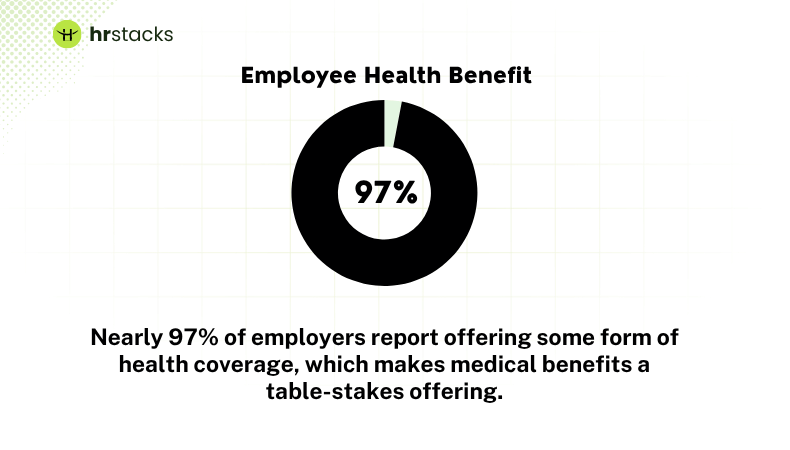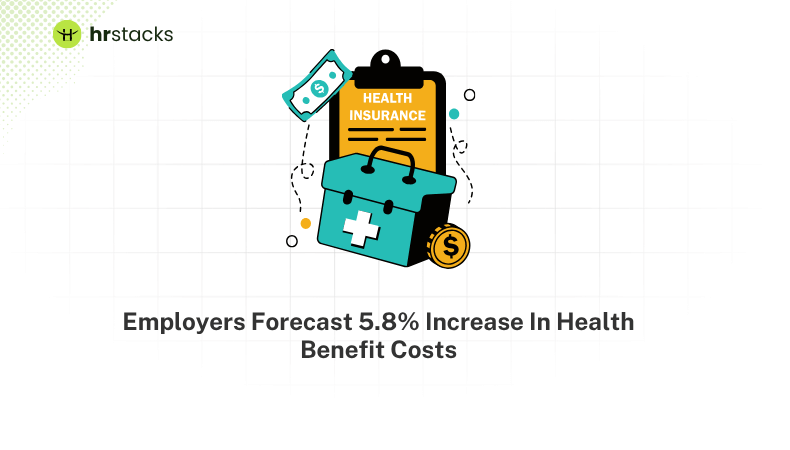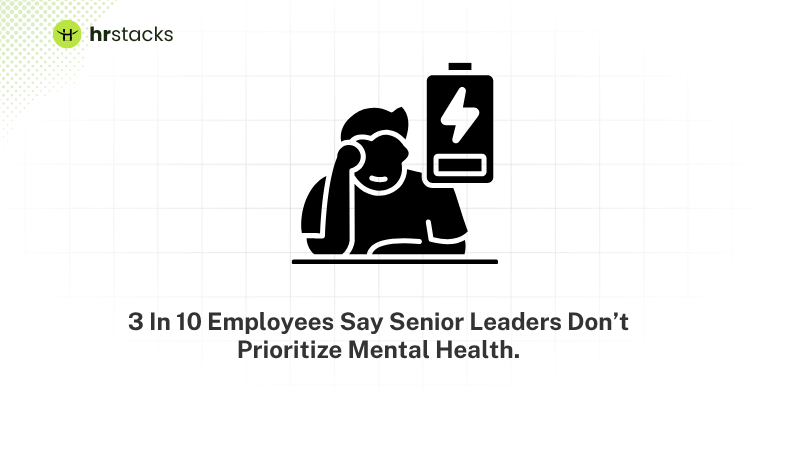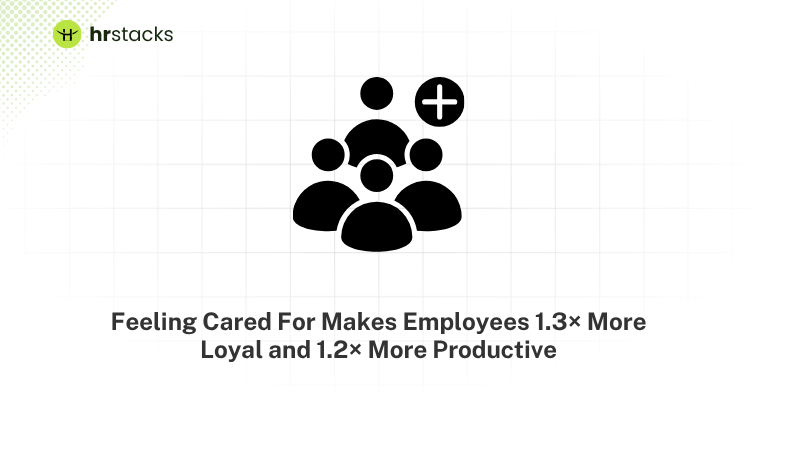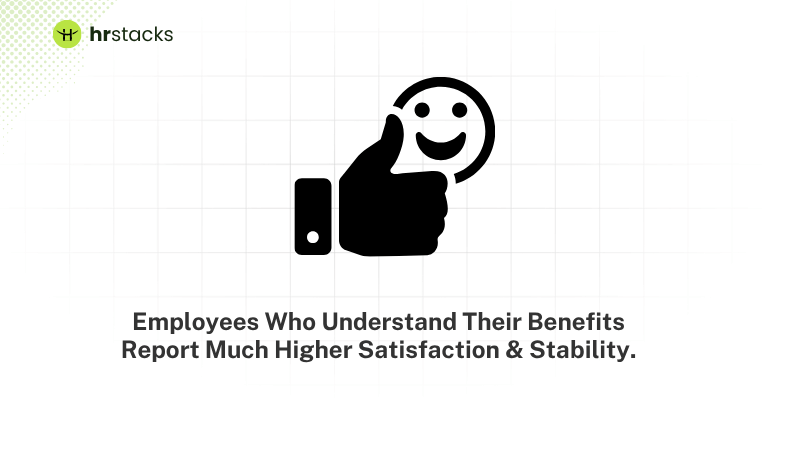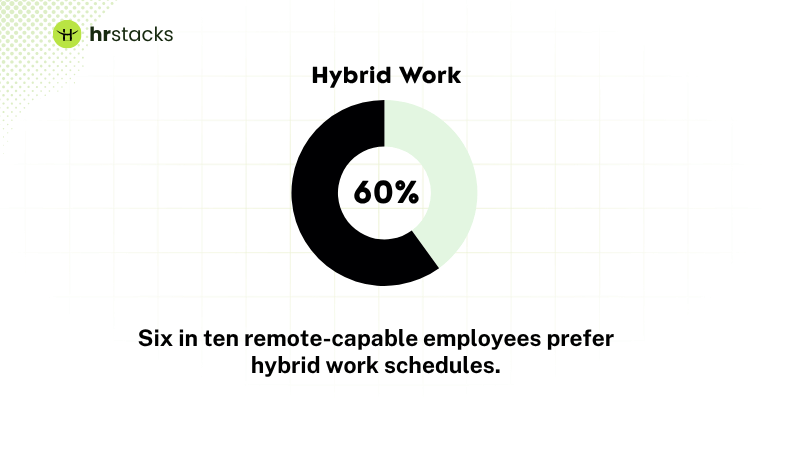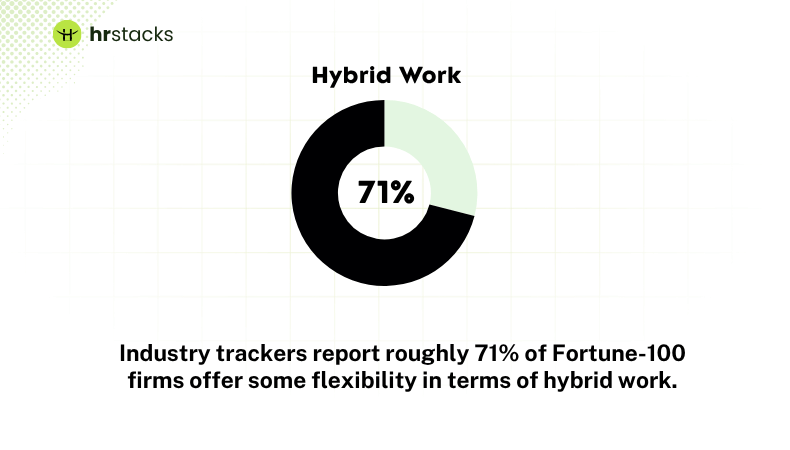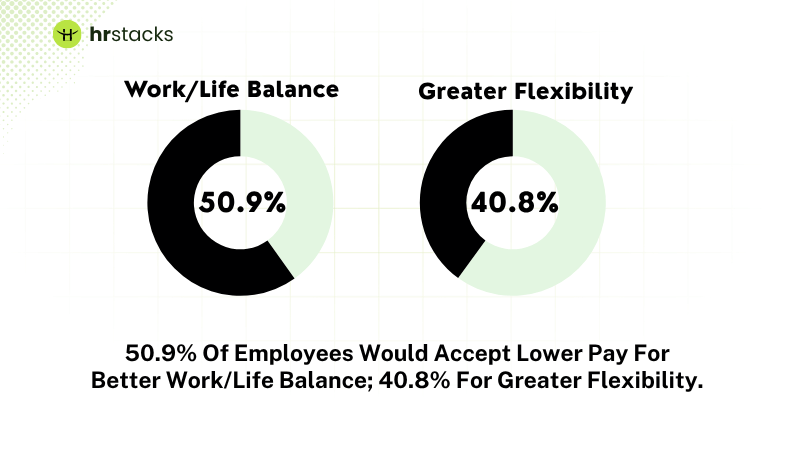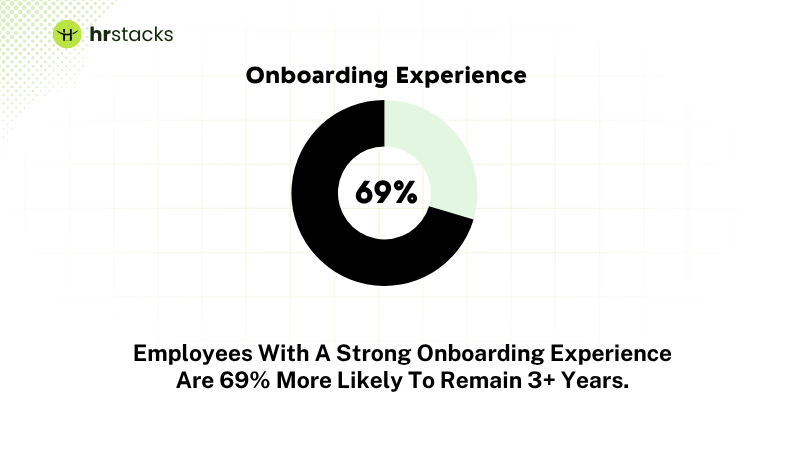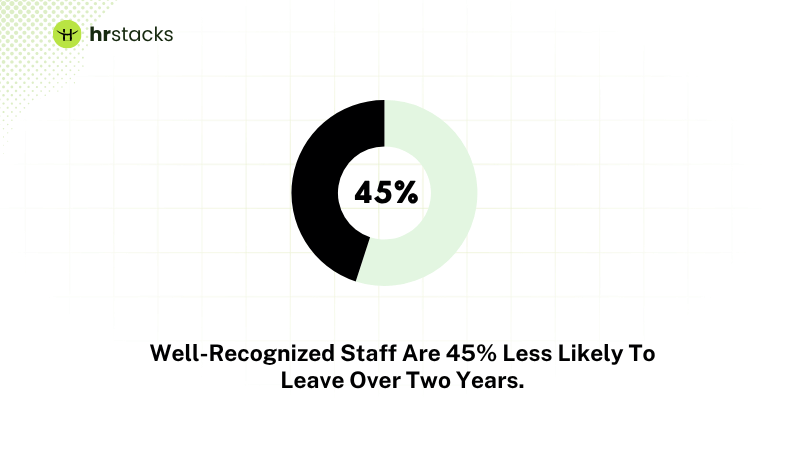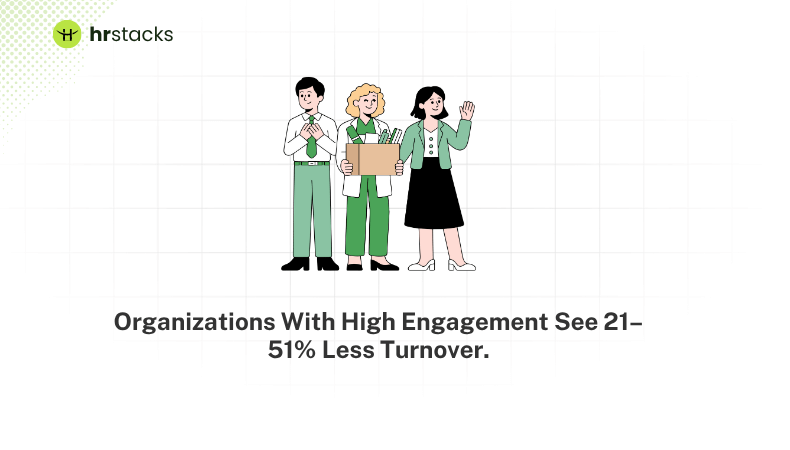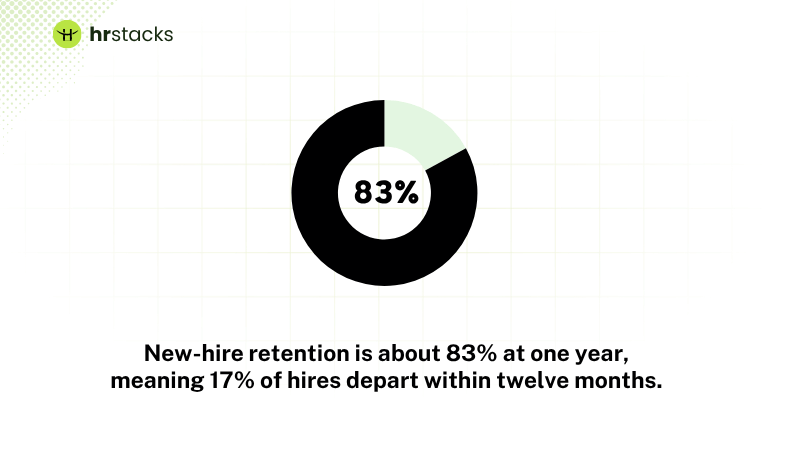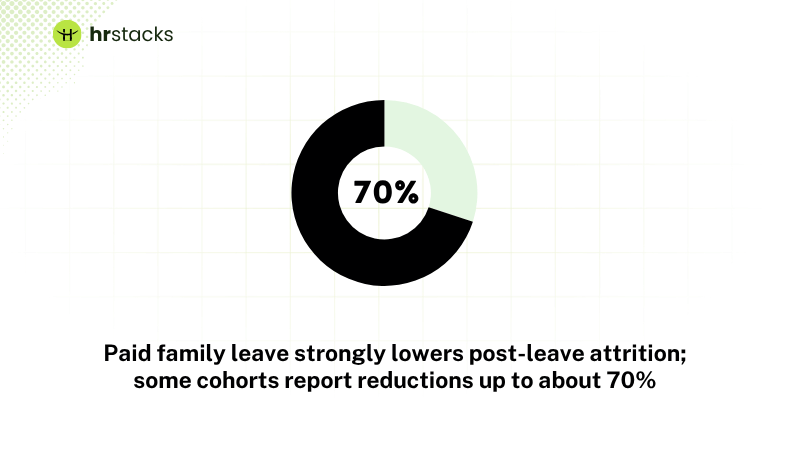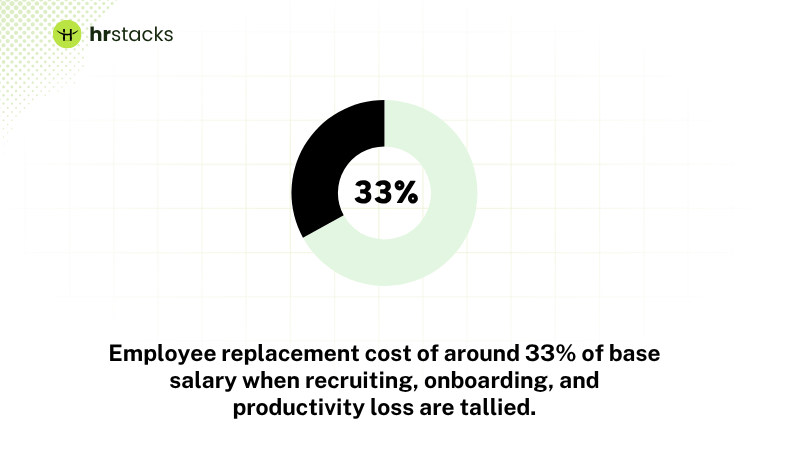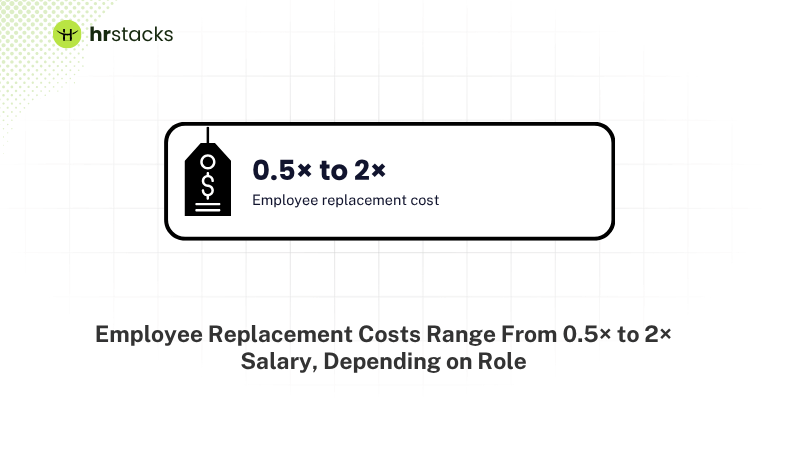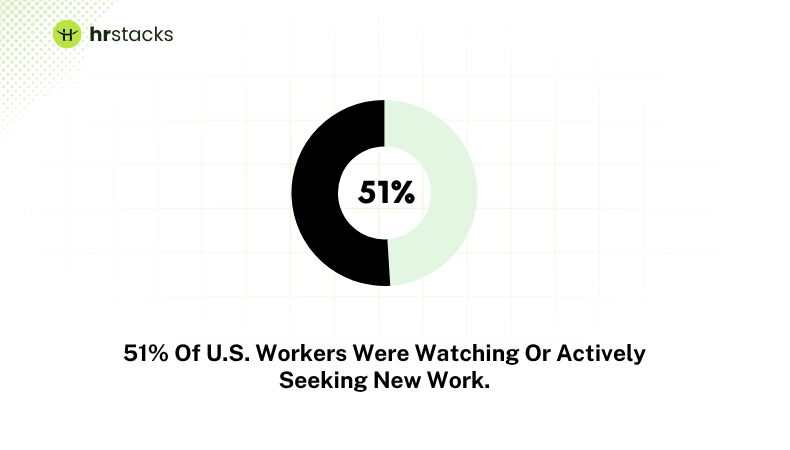Employee Benefit Statistics Conclusion
The benefits landscape reflects a quiet but meaningful shift in how employers think about support. Health coverage remains nearly universal, yet the structure of those plans, what they include, how they’re funded, and how clearly they’re explained, now matter more than the coverage itself.
Traditional options like FSAs are fading, while HSAs, GLP-1 coverage, and broader wellbeing initiatives are gaining ground.
What stands out across the data is a growing focus on value alignment: benefits that feel relevant, accessible, and genuinely supportive. Employees continue to respond to cultures that show care, where flexibility, recognition, and well-being aren’t side perks but part of how work gets done.
For HR leaders, this year’s challenge isn’t just managing rising costs, but ensuring every benefit offered earns real trust and strengthens connection.
Key Benefit Statistics at a Glance
- 97% of employers offer health coverage.
- 5.8% projected rise in employer health benefit costs for 2025.
- 60% of employers offer FSAs, down from 68% in 2021.
- 23% now cover GLP-1 weight-loss or diabetes medications.
- Employees who feel cared for are 1.3× more likely to stay and 1.2× more productive.
- Paid family leave can reduce turnover by up to 70%.







